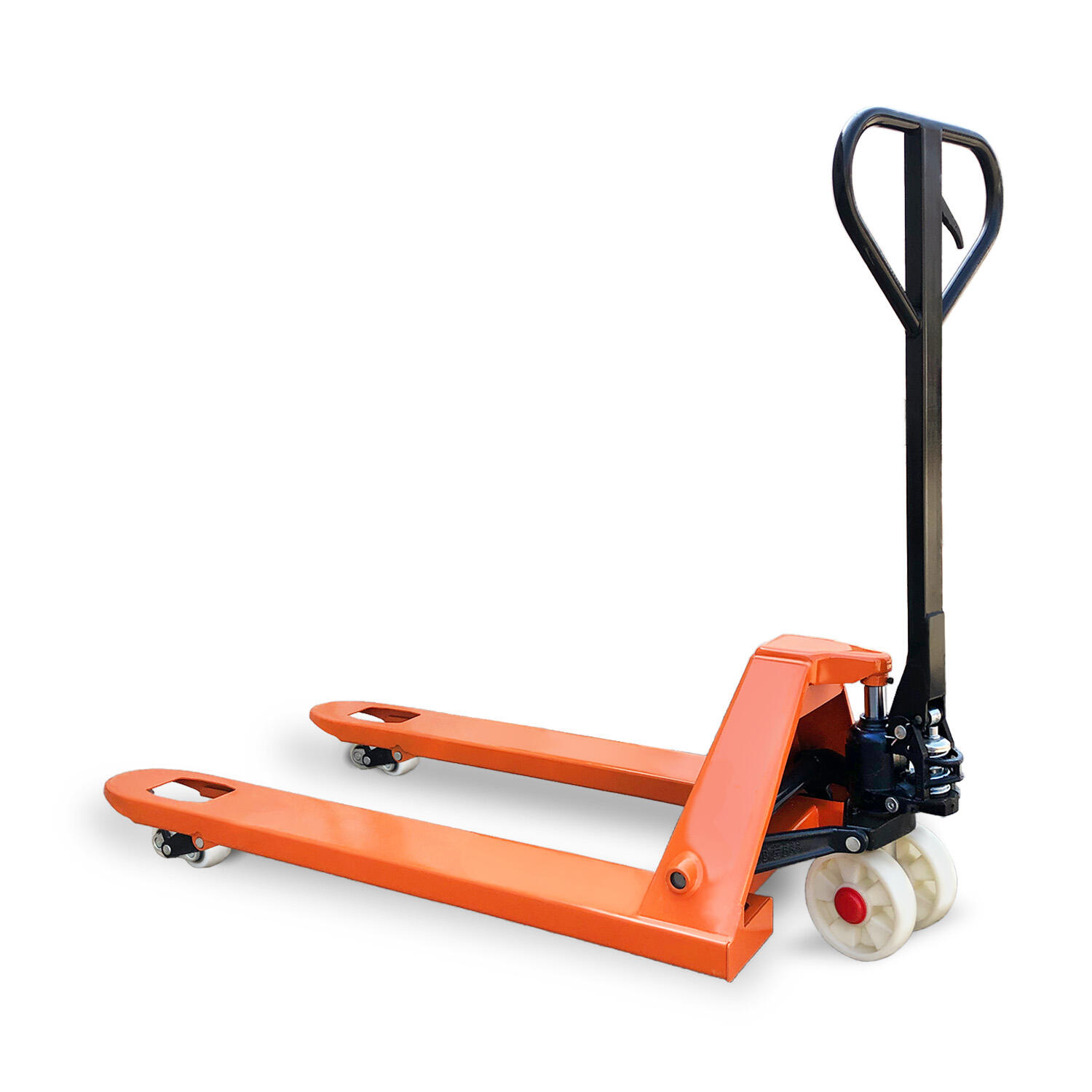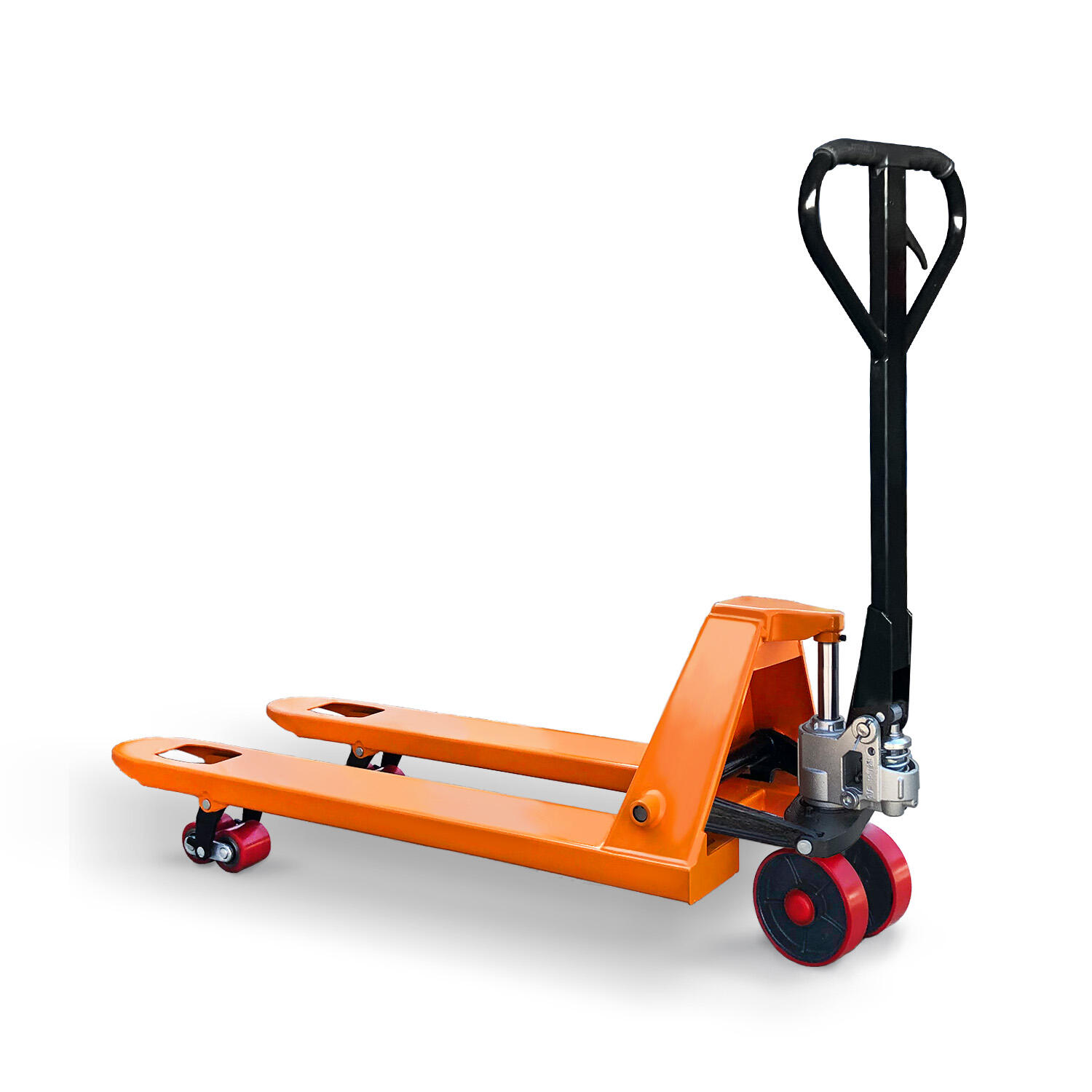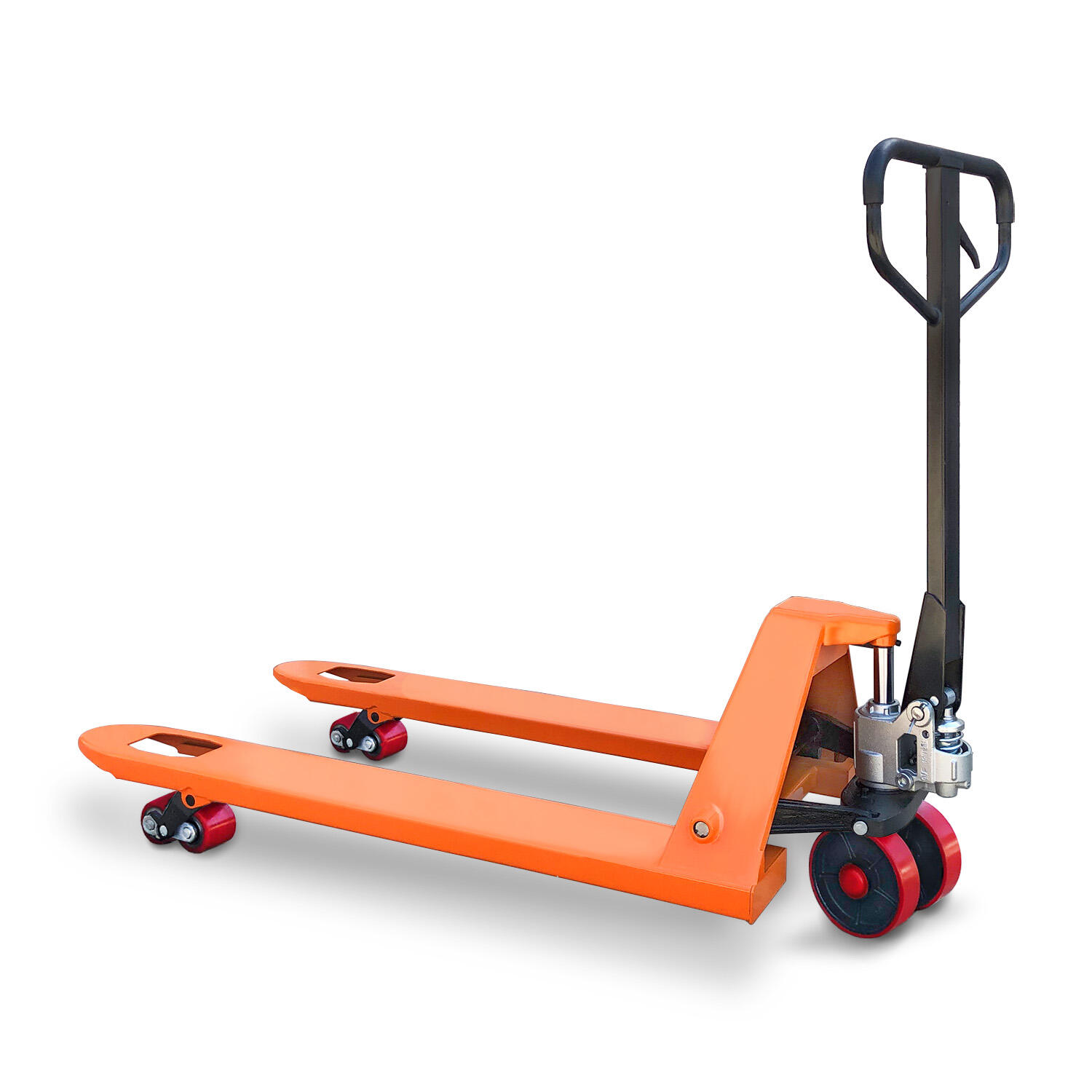A manual hand jack is a versatile and essential tool used for lifting heavy objects in various settings, from industrial workshops and garages to warehouses and construction sites. Designed to operate without power sources, it relies on manual effort to raise and lower loads, making it a cost-effective and reliable solution for tasks that require precise lifting. Its compact size, portability, and ease of use have made it a staple in both professional and DIY environments, where efficiency and safety are paramount. The basic design of a manual hand jack consists of a sturdy base, a lifting arm or platform, and a manual pumping mechanism—typically a handle or lever. The base provides stability, often with a wide footprint to prevent tipping when lifting heavy loads. The lifting arm is connected to a hydraulic or screw-driven system that converts manual effort into vertical lift. Hydraulic manual hand jacks use a piston and hydraulic fluid to multiply force, allowing operators to lift heavy weights with minimal pumping. Screw-driven jacks, on the other hand, use a threaded rod that extends as the handle is turned, offering precise control over the lifting height. Both systems are designed to be durable and reliable, with components made from high-strength steel to withstand heavy loads. The load capacity of a manual hand jack varies by model, ranging from a few hundred kilograms to several tons, making it suitable for a wide range of applications. Smaller jacks, with capacities of 500 kg to 2,000 kg, are ideal for lifting car tires, small machinery, or pallets in tight spaces. Larger models, capable of lifting 5,000 kg or more, are used in industrial settings to lift heavy equipment, vehicle engines, or large containers. The lifting height also varies, with some jacks designed to lift objects just a few centimeters off the ground, while others can reach heights of over a meter, providing flexibility for different tasks. One of the key advantages of a manual hand jack is its portability. Most models are lightweight enough to be carried by hand, with handles or grips that facilitate easy transportation. This makes them ideal for use in remote locations or areas where larger lifting equipment cannot access, such as under vehicles, in narrow workshop aisles, or on construction sites with uneven terrain. Their compact size also allows for easy storage, taking up minimal space in tool sheds, garages, or warehouses when not in use. Ergonomics is a critical consideration in the design of a manual hand jack, ensuring that operators can use the tool comfortably and safely. The handle is typically positioned at a height that allows for a natural, upright posture, reducing strain on the back and shoulders. It may feature a rubberized or contoured grip to prevent slipping and minimize hand fatigue during extended use. The pumping or turning action is designed to be smooth and efficient, requiring minimal effort to achieve maximum lift, which is especially important when lifting heavy loads over time. Safety features are integral to the design of a manual hand jack, preventing accidents and ensuring secure lifting. A built-in overload protection valve in hydraulic models prevents the jack from lifting weights beyond its capacity, reducing the risk of structural failure. The base often includes anti-slip pads or feet to prevent movement during lifting, ensuring stability on smooth or uneven surfaces. Many models also feature a locking mechanism that secures the lifting arm in place once the desired height is reached, preventing accidental lowering of the load. Additionally, the lifting surface may be padded or textured to grip the load securely, reducing the risk of slipping. Maintenance of a manual hand jack is simple, ensuring long-term reliability and performance. For hydraulic models, regular checks of the hydraulic fluid level and inspection of hoses and seals for leaks are essential. The fluid should be replaced periodically to maintain optimal performance. Screw-driven jacks require lubrication of the threaded rod to prevent rust and ensure smooth operation. Cleaning the jack regularly to remove dirt, debris, and moisture helps prevent corrosion and extends the lifespan of moving parts. Unlike powered lifting equipment, there are no electrical components to maintain, reducing the need for specialized tools or professional servicing. The applications of a manual hand jack are diverse, spanning multiple industries and tasks. In automotive repair, it is used to lift cars, trucks, and other vehicles to access undercarriages for maintenance or tire changes. In warehouses and logistics, it helps lift pallets, crates, or heavy boxes to facilitate moving or stacking. In construction, it is used to position building materials such as steel beams, concrete blocks, or drywall. In manufacturing, it assists in assembling heavy machinery by lifting components into place. It is also valuable in home workshops for DIY projects, such as lifting furniture or appliances for moving or repair. Cost-effectiveness is another significant benefit of a manual hand jack. It has a lower initial purchase price compared to electric or hydraulic jacks, making it accessible to individuals and small businesses. With no ongoing costs for electricity, batteries, or fuel, it is an economical choice for occasional or frequent use. Its durability and low maintenance requirements further contribute to its affordability, providing long-term value without significant investment. In summary, a manual hand jack is a practical, reliable, and versatile tool that plays a crucial role in lifting heavy objects across various industries and settings. Its portability, ergonomic design, safety features, and ease of maintenance make it an essential piece of equipment for both professional and personal use. Whether you need to lift a vehicle in a garage, move heavy pallets in a warehouse, or position materials on a construction site, a manual hand jack delivers the performance and convenience required to get the job done efficiently and safely.


